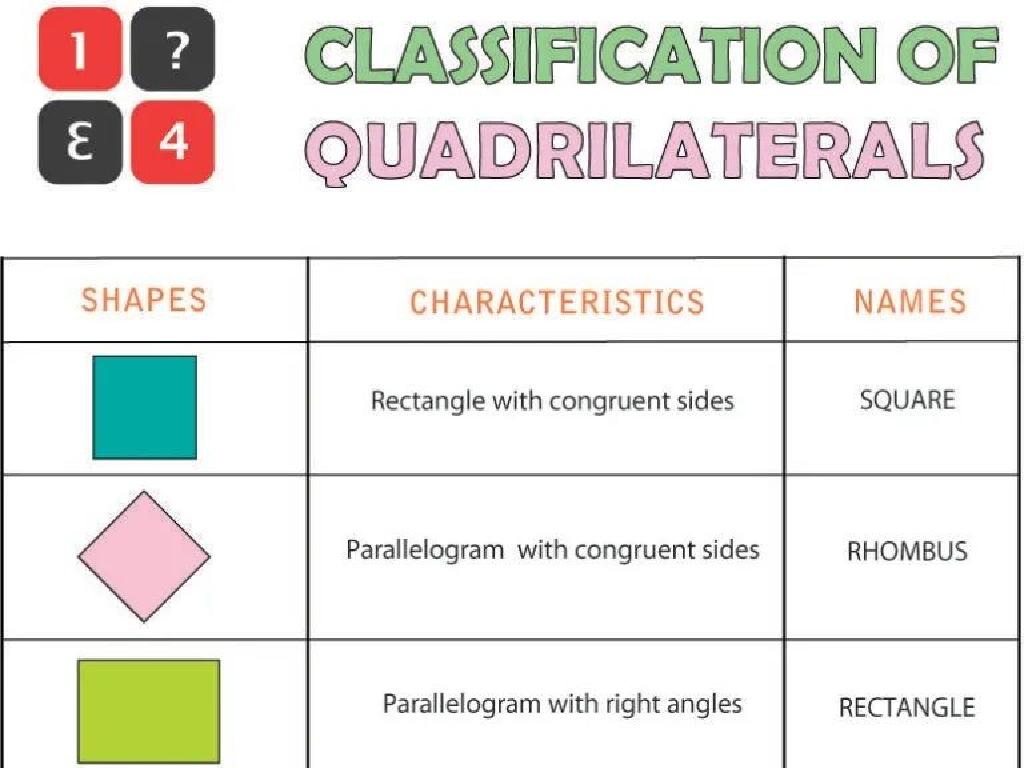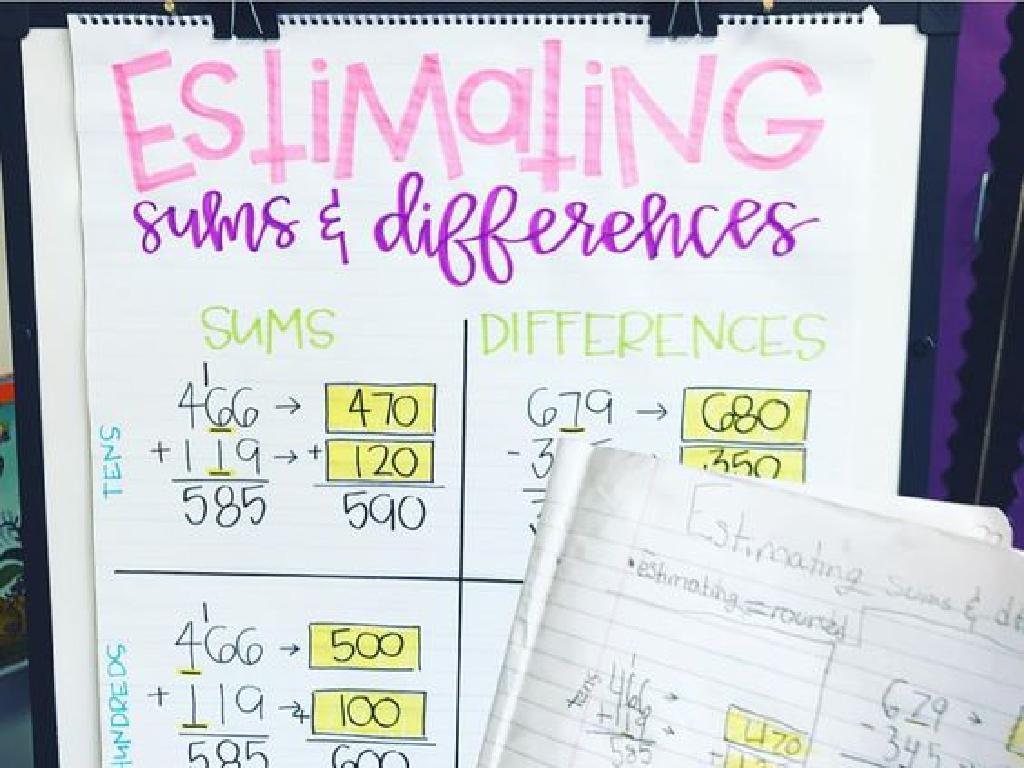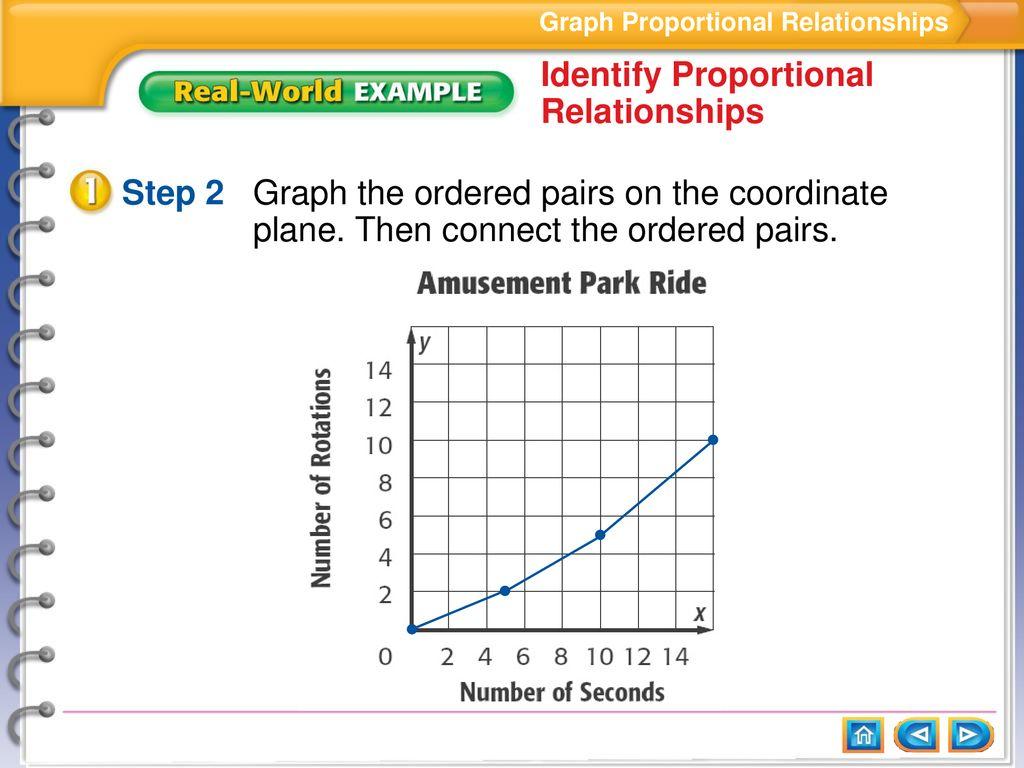Evaluate Newspaper Headlines For Bias
Subject: Language arts
Grade: Eighth grade
Topic: Research Skills
Please LOG IN to download the presentation. Access is available to registered users only.
View More Content
Evaluating News Headlines for Bias
– Power of words in media
– Words can influence thoughts and actions.
– Defining bias in news
– Bias is a tendency to lean in a certain direction, often politically or ideologically.
– Importance of evaluating bias
– Critical thinking skill to discern reliability.
– Impact on public opinion
– Biased news can shape societal beliefs.
|
This slide introduces students to the concept of bias in news media, emphasizing the importance of word choice in shaping public perception. Students should understand that bias refers to a preference or inclination that can prevent impartial judgment. Highlighting the significance of evaluating bias helps students develop critical thinking skills necessary for discerning the reliability and credibility of information sources. Discuss how biased reporting can influence public opinion and the collective understanding of events. Encourage students to be mindful consumers of news and to question the objectivity of the headlines they encounter.
Evaluating Newspaper Headlines for Bias
– Define a newspaper headline
– A headline is a title or summary of a news article.
– Headlines influence on opinion
– Headlines can sway readers’ thoughts before reading the article.
– Analyzing headline examples
– ‘Local Team Wins Championship!’ vs. ‘Local Team Barely Wins’
– Detecting bias in headlines
– Look for sensational or emotionally charged language.
|
This slide introduces students to the concept of newspaper headlines and their potential to influence public opinion. Begin by defining what a headline is and discussing its purpose: to summarize news and attract readers. Emphasize how headlines can shape a reader’s perception of the news story, often before they’ve read the actual article. Provide examples of headlines that show different angles or biases towards the same story. Teach students to critically evaluate headlines for signs of bias, such as sensationalism or emotionally charged words, and to consider what the headline might be suggesting about the article’s content. Encourage students to think critically about the headlines they encounter in daily life and to read beyond them to get the full story.
Identifying Bias in Newspaper Headlines
– Define headline bias
– Bias skews reality, favoring or targeting a side
– Recognize biased language
– Look for charged or slanted words that may indicate partiality
– Compare neutral vs. biased headlines
– Examine how different newspapers report the same story
– Analyze headline implications
– Consider what the headline suggests about the article’s perspective
|
This slide aims to teach students how to critically evaluate newspaper headlines for bias. Start by defining what bias in a headline means and how it can influence readers’ perceptions. Discuss the importance of word choice and how certain words can signal a biased perspective. Show examples of neutral headlines compared to biased ones, using current or historical events. Encourage students to think about the implications of the headlines and what they suggest about the article’s content. This exercise will enhance their research skills and their ability to discern reliable information in media sources.
Evaluating Newspaper Headlines for Bias
– Steps to assess headline bias
– Review the headline critically to spot bias.
– Detect emotional language use
– Words that provoke emotion may indicate bias.
– Identify missing key information
– Notice what’s not said; omitted details can skew perception.
– Understand headline’s impact
– Consider how the headline might influence readers’ thoughts.
|
When evaluating headlines for bias, it’s crucial to take a step-by-step approach. Start by examining the headline critically, looking for language that seems to evoke strong emotions, as this can be a sign of the writer’s attempt to influence the reader’s opinion. Next, check for what might be missing; the absence of important facts can lead to a one-sided view of the story. Lastly, reflect on the potential impact of the headline on the reader’s understanding of the news. Encourage students to practice these steps with various headlines and discuss as a class how bias can shape public perception.
Case Studies: Evaluating Headline Bias
– Analyze real newspaper headlines
– Look at headlines from various newspapers and discuss the tone and word choice.
– Discuss findings in groups
– Share thoughts with classmates and consider why certain words were used.
– Understand perspective’s role
– How might someone’s background influence their interpretation of a headline?
– Reflect on bias impact
– Think about how bias shapes our view of news and events.
|
This slide is aimed at engaging students in critical thinking by analyzing real newspaper headlines for bias. Students will work together to dissect the language used in headlines from different sources, discussing the implications of word choice and tone. They will share their findings with the class to understand how different perspectives can interpret the same information differently. The activity will culminate in a reflection on the impact of bias in media and how it can influence public perception. Teachers should prepare a diverse set of headlines and guide the discussion to ensure a comprehensive understanding of bias in media.
Class Activity: Headline Analysis for Bias
– Form small discussion groups
– Analyze assigned newspaper headlines
– Identify signs of bias in headlines
– Look for loaded language, lack of context, or one-sided reporting
– Discuss findings within the group
|
This activity is designed to engage students in critical thinking by analyzing newspaper headlines for bias. Divide the class into small groups to foster a more intimate discussion environment. Provide each group with a set of different newspaper headlines. Instruct students to scrutinize the headlines for any indication of bias, such as emotionally charged words, missing context, or one-sided information that may sway the reader’s opinion. After the analysis, each group should discuss their findings, providing evidence from the headlines to support their points. This will help students understand the subtleties of language and the importance of unbiased reporting. Possible variations of the activity could include comparing headlines from different news sources on the same topic, rewriting biased headlines to be more neutral, or presenting their findings to the class.
Conclusion: The Value of Unbiased Reporting
– Significance of unbiased news
– Unbiased reporting ensures informed, fair perspectives.
– Applying skills to daily news
– Use learned techniques to assess news in everyday life.
– Reflect on today’s discoveries
– Think about how bias can alter our understanding.
– Engage in class discussion
– Share thoughts on the activity and its impact on your views.
|
This slide wraps up the lesson on evaluating newspaper headlines for bias. Emphasize the importance of unbiased reporting in maintaining a fair and informed society. Encourage students to apply the skills they’ve learned to critically analyze the news they encounter outside of class. Reflect on the activities completed today, discussing what they’ve learned about bias in media. Facilitate a class discussion, allowing students to express how this lesson has impacted their perception of news. Provide guidance on how to maintain objectivity when consuming media and the importance of seeking out multiple sources for a well-rounded understanding of current events.






